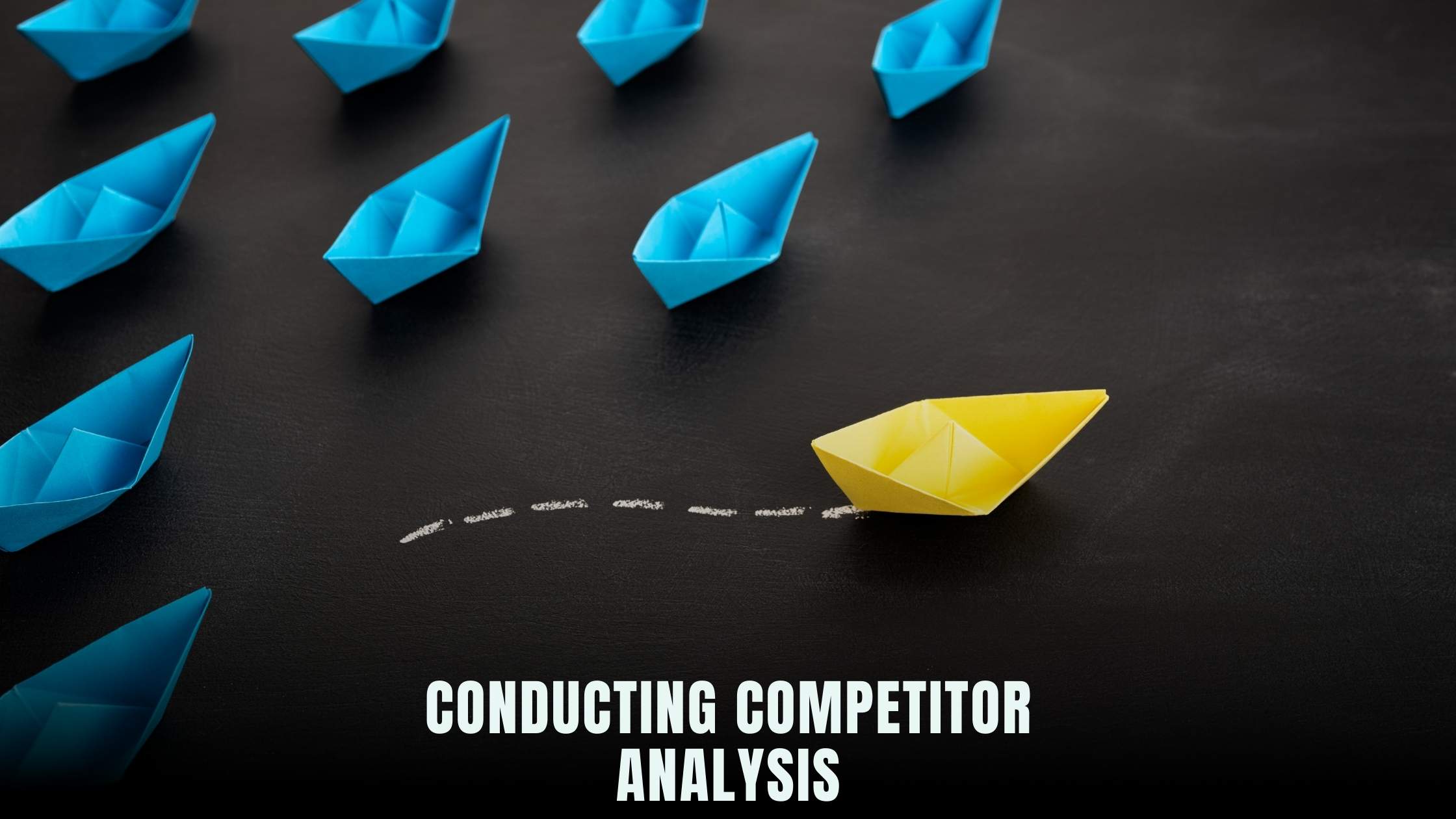Conducting Competitor Analysis: Essential Steps
- Expense Management Software Credit Cards Investing Business Solutions


In the fiercely competitive landscape of modern business, understanding your competitors is crucial for success. Conducting thorough competitor analysis provides valuable insights that can inform strategic decision-making and help businesses stay ahead of the curve. But what are the essential steps involved in conducting effective competitor analysis? In this comprehensive guide, we explore the key steps businesses should take to conduct competitor analysis successfully.
Understanding the Importance of Competitor Analysis
Before delving into the steps of competitor analysis, it’s essential to understand why it’s important. Competitor analysis allows businesses to:
- Identify market trends and opportunities
- Anticipate competitor strategies and responses
- Identify gaps in the market
- Understand customer preferences and behavior
- Benchmark their performance against competitors
Essential Steps for Conducting Competitor Analysis
1. Define Your Competitors
The first step in competitor analysis is to identify who your competitors are. Competitors can be direct or indirect, including businesses offering similar products or services, targeting the same customer segments, or competing for the same market share. Once identified, create a comprehensive list of competitors to analyze.
2. Gather Information
Once you have identified your competitors, the next step is to gather information about them. This includes analyzing their products or services, pricing strategies, marketing efforts, distribution channels, customer reviews, and online presence. Tools like Google, social media platforms, industry reports, and competitor websites can provide valuable insights.
3. Analyze Strengths and Weaknesses
Conduct a SWOT analysis (Strengths, Weaknesses, Opportunities, Threats) for each competitor to understand their strengths and weaknesses relative to your own business. Identify areas where competitors excel and areas where they may be vulnerable. This analysis will help you identify potential competitive advantages and areas for improvement.
4. Assess Market Positioning
Analyze how competitors position themselves in the market and how they differentiate their products or services from others. Consider factors such as brand reputation, unique selling propositions, target audience, and messaging strategies. Understanding competitors’ market positioning will help you identify opportunities to differentiate your own offerings effectively.
5. Monitor Changes and Adapt
Competitor analysis is an ongoing process. Continuously monitor competitors’ activities, market trends, and industry developments to stay informed and agile. Be prepared to adapt your strategies in response to changes in the competitive landscape, market dynamics, or customer preferences.
Relevant SaaS Products for Competitor Analysis
To support businesses in conducting comprehensive competitor analysis, several SaaS products offer advanced tools and functionalities tailored for this purpose. Here are some relevant SaaS products that complement the process of competitor analysis:
1. SEMrush
SEMrush is a powerful marketing analytics platform that provides insights into competitors’ online visibility, organic and paid search strategies, keyword rankings, backlink profiles, and more. With SEMrush, businesses can conduct in-depth competitor research and identify opportunities to improve their online presence.
2. SimilarWeb
SimilarWeb offers competitive intelligence solutions that allow businesses to benchmark their digital performance against competitors, analyze website traffic and engagement metrics, identify top referral sources, and uncover audience demographics. By leveraging SimilarWeb, businesses can gain valuable insights into competitors’ online strategies and market positioning.
3. Ahrefs
Ahrefs is an all-in-one SEO toolset that provides comprehensive insights into competitors’ organic search traffic, backlink profiles, content performance, and more. With Ahrefs, businesses can conduct in-depth competitor analysis, identify content gaps, and develop strategies to outrank competitors in search engine results.
4. Crayon
Crayon is a market and competitive intelligence platform that helps businesses track competitors’ product launches, pricing changes, website updates, and customer reviews in real-time. By monitoring competitors’ activities, Crayon enables businesses to stay informed about market trends, identify competitive threats, and capitalize on emerging opportunities.
5. Klue
Klue is a competitive intelligence platform that helps businesses gather, analyze, and act on competitive insights. With Klue, businesses can track competitors’ news, product updates, market developments, and customer feedback, allowing them to make informed decisions and stay ahead of the competition.
To enhance the effectiveness of competitor analysis initiatives and access premium SaaS products mentioned in this article, businesses can leverage Subscribed.FYI Deals. By signing up for free, users can unlock exclusive deals and discounts on top-notch competitor analysis tools, empowering them to gather actionable insights, outsmart competitors, and drive business growth.
Relevant Product Links:





